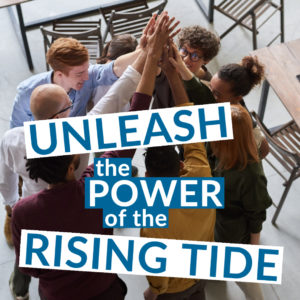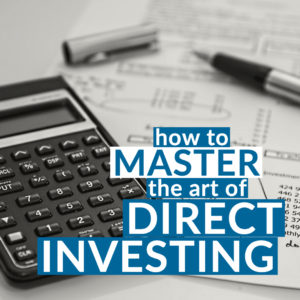When it comes to making direct investments, it’s critically important to ensure that the Investment structure itself aligns interest between the investors and the business founders or managers.
That is to say, you have to structure the investment as a win-win.
Now “win-win” is a term we have all heard in various contexts. But you are probably asking; what does it mean, exactly, in an investment structure? Is it just about making money?
Here’s what win-win means for each part of the venture.
Win-Win means:
Each party should receive an appropriate gain. A business succeeds because the investors’ contributions of money and resources, and the managers’ investment of time and experience. Therefore, the gains that are realized should account for both of these factors.
Interests are Aligned. It ensures that returns are balanced and fair between operators, leaders, and investors. This fairness is based upon their respective contributions.
Considers the contribution required for success. Look at the efforts and energies applied to achieve milestones, and overlay those with the free cash flows from the business. The structure that makes the most sense should provide an appropriate upside for all parties involved based upon the business needs to achieve those milestones.
At the end of the day you want to make sure the investment structure reinforces trust between all parties to ensure decisions are made that benefit everyone.
Why do win-win investments matter?
A win-win structure facilitates a partnership mindset that allows everyone to operate with a more collaborative or a “rising tide” structure.
This creates more value for everyone over the long run.
Here are some other reasons that win-win structures matter:
- You don’t want to burn out operators. That could lead to an ongoing conflict of interest between investors and managers or leaders which translates to potential bad behavior or legal exposure.
- Misaligned structures create built-in conflicts of interest. They also encourage short-sighted decision making. Everyone will get better results with a more collaborative structure and a long-term mindset. Operators will be able to make decisions with confidence, knowing others have their back.
- Investors can trust that the operators or leaders are acting in their best interest when everything is aligned correctly.
How to create win-win structures
There is no baseline, normal structure or one-size-fits-all approach to achieving a win-win structure.
This is really where experience and understanding the business should help. A veteran leader or arbiter can facilitate a candid conversation between investors and operators or leaders.
At the end of the day, the primary metric is money. When making specific determinations, consider the following:
- Are the operators are leaders receiving a base paycheck?
- Do the operators and leaders have some kind of bonus or performance incentive?
- Does that incentive align investors interests?
- Are investors seeking a minimum return in the form of some kind of preference, like returning investment capital prior to operators receiving dividends disbursements?
Also, you should consider other non-monetary aspects and contributions within a given partnership. That list is long, but it includes time demands and non-monetary benefits.
Of course, these vary based upon the business, but you should keep an eye out for these other factors when you’re structuring a deal.
All of these things add up to create the required elements for a business to achieve milestones and become successful.
Have challenging conversations to create win-win scenarios
When it comes to having conversations with operators and leaders, there are some specific things that investors can do to lead things along.
First, determine exactly what you, as a potential Investor, need or want prior to negotiating with the operators. This may require several initial meetings with everyone involved to ensure that you have an accurate understanding of the parameters.
Second, identify and distill your risks and the return you would like to see from your investment. Based upon this return on the risks you feel you would be taking.
Finally, make a point to invest the time to understand the other party’s needs. This includes things like investigating their concerns and finding out what monetary and other factors are important to them. These requests might have a minimal impact on you, and reveal a way that you can give them a win along the way to establish rapport.
After you’ve considered these three factors, you are then ready to sit down and have the real investment negotiation.
The win-win negotiation
The win-win negotiation has required discussion points. Failing to surface these ideas and concerns runs the risk of derailing the partnership or – worse yet – setting everyone up for a bad experience that ends in financial damage.
Most importantly, it is crucial to speak with candor and to press for the same from your potential business partners. Use the following steps to help guide you to a more fruitful conversation.
- Begin the win-win negotiation with an honest conversation about each party’s interests or needs.
- Talk openly about what you can do to build a partnership foundation.
- Discuss and evaluate or adjust the structures collaboratively.
- Define terms that allow all parties to achieve desired outcomes.
There is no one-size-fits-all solution, nor is there a silver bullet to align investment structures. The reality is; there are a ton of different factors to consider when investing and these are only a few of the factors that are not commonly discussed.
We love to go into every detail at Transfigure and have a lot of experience putting these types of structures in place on both sides of the table.
We frequently advise investors and operators or leaders on these type of transactions, always emphasizing the importance of covering all the bases in a candid, thoughtful way, to build successful partnerships.
If you’d like us to take a look at your deal and just give us give you your two cents, we’d be happy to do that.
Visit our site to arrange a free consultation.





